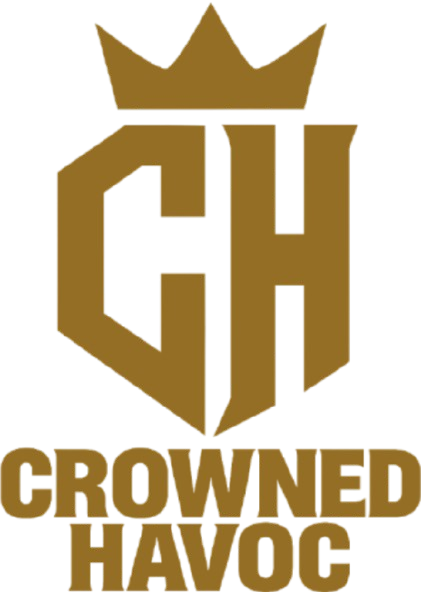
Pecs, Pain, And The Comeback Story
1) The Verse (Foundation)
2 Corinthians 12:9 (NIV): “But he said to me, ‘My grace is sufficient for you, for my power is made perfect in weakness.’ Therefore I will boast all the more gladly about my weaknesses, so that Christ’s power may rest on me.”
7‑word summary: Weakness reveals Jesus’ power; grace fuels resilience.
Explanation: Paul flips the normal way of thinking. People usually see weakness as failure. Scripture says weakness is where God’s strength shows up. With something like pec tears and surgical scars, the injury doesn’t have to mean the end—it can be the place where Jesus’ grace shines. What looks like a limit becomes a testimony.
Supporting Scripture:
-
Romans 5:3–4 (NIV): “Not only so, but we also glory in our sufferings, because we know that suffering produces perseverance; perseverance, character; and character, hope.”
7‑word summary: Suffering produces perseverance, character, and hope. -
James 1:2–3 (NIV): “Consider it pure joy, my brothers and sisters, whenever you face trials of many kinds, because you know that the testing of your faith produces perseverance.”
7‑word summary: Trials test faith; perseverance is produced.
Together, these verses show that struggle has value. It shapes both body and soul, refining us into stronger versions of ourselves.
2) The Flip (Challenge)
Most people think an injury ends progress. But for a hustler, pain is fuel. A torn pec is not only damaged muscle—it’s a check on pride. When the fibers ripped, so did ego. What was left was the need to depend on Jesus and start rebuilding with discipline.
Lessons to face:
-
Injury strips away illusions and forces honesty.
-
Recovery requires discipline—no shortcuts, no fake toughness.
-
Dependence on Jesus becomes real when self‑reliance fails.
-
Pain forces humility, which strengthens relationships with others.
-
Scars remind us that true strength comes from grace, not self.
3) The Grind (Application)
Recovery as training:
-
Follow the plan: Stick to what the doctors and therapists say. Rushing healing risks scar tissue and long‑term damage. Recovery is a process, not a race.
-
Rehab basics: Start with band work, slow negatives, and isometric holds. Move forward only when stability is real. Later, carefully add weight with strict form.
-
Nutrition: Eat about 0.9 g protein/lb. Add collagen to support connective tissue, creatine for strength and energy, and omega‑3 + CoQ10 for joint health and recovery. Hydration and sleep become as critical as training.
-
Mindset: Journal pain as facts, not drama. Track reps, pain levels, and progress. Write down moments of breakthrough to remind yourself the process works.
-
Faith: End rehab with prayer. Thank Jesus for every small gain, whether it’s one extra rep or reduced pain, and ask Him for strength to keep pushing forward.
Other lessons:
-
Music: Pain in the body gave pain in the bars—authentic and raw. What listeners hear is not just rhyme but lived experience.
-
Business: Being slowed down forced smarter, steadier decisions. Hustle moved from sprinting without aim to building structures that last.
-
Brotherhood: Leaning on others proved you can’t do this alone. Brotherhood turns weakness into shared strength.
-
Health: Injuries highlight overlooked aspects like posture, mobility, and recovery routines. The hustle is not just grinding harder—it’s building smarter.
Physiology link: Muscles repair by breaking down and building back stronger. In the same way, struggles tear at character but rebuild it with greater depth and strength.
4) Extra Reflections
-
Culture: The world sells recovery as pure willpower. Scripture shows grace is the true power source. Without Jesus, recovery may rebuild the body but not the spirit.
-
Psychology: Injury makes you question who you are. If identity is only in performance, despair follows. Anchoring in faith, calling, and brotherhood keeps you grounded.
-
Comparison: The body and business both grow in cycles: break, rebuild, repeat. Both require patience, trust in process, and consistent input.
-
Faith practice: Scars aren’t just marks—they remind us that weakness can be redeemed by something bigger than ourselves. Each scar is a testimony written on the body.
-
Practical tip: Share your comeback story openly. Vulnerability builds credibility. People respect scars more than perfect skin.
5) Expanded Takeaway
Pain teaches lessons. Recovery builds discipline. The comeback proves hustle isn’t just about muscle—it’s about resilience of the spirit and faith in eternal purpose. Breaks don’t end purpose; they refine it. What breaks us also forces us to lean on Jesus, and He rebuilds us stronger. Over time, scars become symbols of grace, reminding us that every wound is a chance to grow.
Case Example: When I first tore my pec, I couldn’t even push myself out of bed without help. Months later, through disciplined rehab, prayer, and patience, I pressed weight again. That journey was not just physical; it reshaped my mindset. It taught me humility, gave me new fuel for music, and created stories that now strengthen others.
6) The Stamp (Final Line)
Scars are scripture; every tear is testimony.
